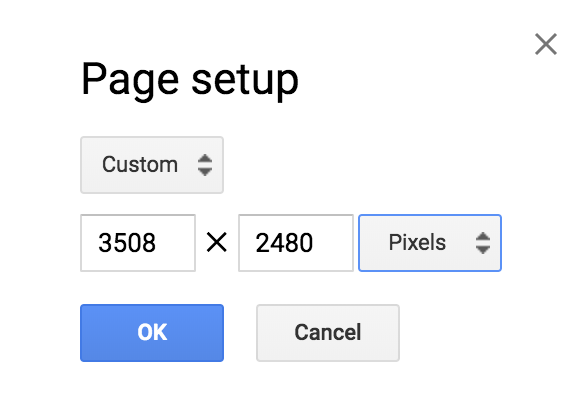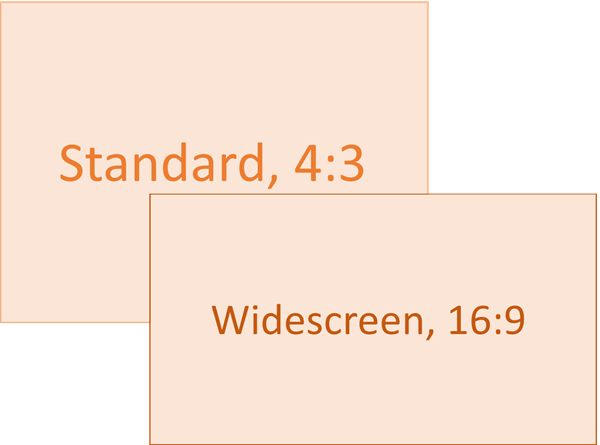

That's because the player (the frame around your slides) adds some width and height to the course. The overall size of your published course will be slightly larger than your slide dimensions. How Player Features Affect Published Size Note: Your new default slide size takes effect when you close Storyline 360. (The button is grayed-out for the current default slide dimensions.) To save the selected dimensions as the default slide size for new projects, click Set As Default Size.If you’re using text autofit improvements, we recommend using the 960 pixels by 540 pixels slide size preset or larger to help avoid scroll bars. As of June 2021, the preset widescreen (16:9) slide size increased from 720x405 to 960x540.Objects that don't have locked aspect ratios may change shape, depending on the slide size you choose. Objects that have locked aspect ratios will maintain their ratios. Mark the box to Scale existing content to fit so that existing slide content fits proportionately within the new size.

Mark the Lock aspect ratio box to maintain the current proportions for objects that have locked aspect ratios.Choose Custom to enter the width and height in pixels up to a maximum of 2,047 x 2,047.Choose 16:9 (960x540) for a widescreen slide size.Choose 4:3 (720x540) for a fullscreen slide size.When the Slide Size window appears, choose an option from the Preset selector.Or, click the slide size dimensions link in the lower-left corner. Go to the Design tab on the ribbon and click Slide Size.You can change the slide size, and now's the best time to do so- before you add any content. How Player Features Affect Published Size.Want to set a new default slide size? As of September 2021, you can define the default slide dimensions for new projects. When you create a new Storyline 360 project, the slide size defaults to 720 pixels wide by 540 pixels high, but you can change it to any size you'd like.


 0 kommentar(er)
0 kommentar(er)
